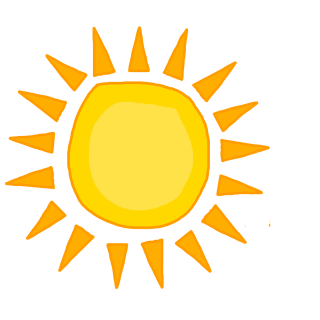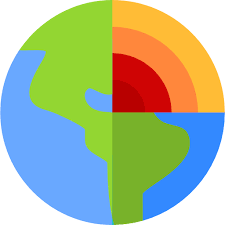Renewable Energy
What is Renewable energy?
Conventional energy sources based on oil, coal, and natural gas have proved to be highly effective drivers of economic progress, but at the same time damaging to the environment and to human health.
They are also non-renewable.
Non-conventional sources of energy are environmentally friendly, inexhaustible and easy to operate. Non-conventional sources of energy, also known as Renewable energy resources are becoming increasingly important in today's world.
Non-conventional sources of energy are environmentally friendly, inexhaustible and easy to operate. Non-conventional sources of energy, also known as Renewable energy resources are becoming increasingly important in today's world.
Renewable energy sources
Renewable energy is energy obtained from renewable resources that are naturally replenished on a human timescale.
Renewable energy sources are inexhaustible and are naturally replenished. However, renewable energy is limited and with the current infrastructure may not be a dominant source of energy.
While renewable energy creates less pollution than fossil fuels, it may have an ecological impact, depending upon the process used to create that electricity.
Renewable energy resources include sunlight, wind, the movement of water, geothermal heat and Biomass
Renewable energy sources are inexhaustible and are naturally replenished. However, renewable energy is limited and with the current infrastructure may not be a dominant source of energy.
While renewable energy creates less pollution than fossil fuels, it may have an ecological impact, depending upon the process used to create that electricity.
Renewable energy resources include sunlight, wind, the movement of water, geothermal heat and Biomass
-
Sunlight (Solar) - Solar energy technologies use the sun’s energy and light to provide heat, light, hot water, electricity, and even cooling.
Solar panels convert the sun’s light into usable solar energy using N-type and P-type semiconductor material. When sunlight is absorbed by these materials, the solar energy knocks electrons loose from their atoms, allowing the electrons to flow through the material to produce electricity.

-
Wind - Wind turbines harness energy from the wind using mechanical power to spin a generator and create electricity. Not only is wind an abundant and inexhaustible resource, but it also provides electricity without burning any fuel or polluting the air.

-
Movement of Water (Hydro) - Hydropower, or hydroelectric power, is one of the oldest and largest sources of renewable energy, which uses the natural flow of moving water to generate electricity.
The flow of water can be used to turn the blades of a turbine to generate electricity, which is distributed to the power plant’s customers.

-
Geothermal Heat - The word geothermal comes from the Greek words geo (earth) and therme (heat). So,
geothermal energy is heat from within the earth. We can use the steam and hot water
produced inside the earth to heat buildings or generate electricity. Geothermal energy is a
renewable energy source because the water is replenished by rainfall and the heat is
continuously produced inside the earth.

-
Biomass - Biomass is renewable organic material that comes from plants and animals. Biomass contains stored chemical energy from the sun that is produced by plants through photosynthesis.
Biomass can be burned directly for heat or converted to liquid and gaseous fuels through various processes

Which of the following is a renewable energy source?
- Coal
- Oil
- Natural Gas
- Solar
Solar is a renewable energy source.
The three terms — renewable energy, green energy and clean energy — are often used interchangeably when people talk of going eco-friendly.
While there may be some overlap, they are distinct from each other.
Green Energy
- Green energy can be considered as a subset of renewable energy. They represent renewable energy resources with the smallest environmental footprint. Hence, these are considered the most environmentally friendly resource available to us today, with little to no ongoing environmental impact.
- Compared to fossil fuels, the greenhouse gases released during the creation of green energy aren’t that severe, even if they aren’t 100% “clean”. Due to the low amounts of greenhouse gases created during their use, green power doesn't threaten plant extinction or habitat loss.
- Green energy sources like biomass do release small quantities of pollution, often during creation and use.
Clean Energy
- Clean energy releases zero or minuscule amounts of carbon dioxide and chemical contaminants during production. Clean energy creates little or no emissions during creation, use, and regeneration.
- The cleanest renewable sources are wind energy, geothermal energy, and solar energy. Large hydroelectric plants emit some pollutants and can harm the environment during construction. Hence, they create renewable but not clean energy.
While the three terms have subtle differences, they represent the future of our planet’s energy supply as we fight climate change. Since no single sustainable energy source can meet all our needs, we need a combination of different green, clean, and renewable energy sources to generate electricity, especially in regions with limited quality and availability.